
Alone and Exploited, Migrant Children Work Brutal Jobs Across the US
Hannah Dreier traveled to Alabama, Florida, Georgia, Michigan, Minnesota, South Dakota and Virginia for this story and spoke to more than 100 migrant child workers in 20 states.
Recommendation
Unaccompanied migrant children are crossing the US southern border in increasing numbers, mostly fleeing troubled countries. Hannah Dreier reports in The New York Times that these kids often end up – in violation of US child labor laws – working punishing hours in dangerous jobs. Rather than going to school and starting new lives, migrant children work in factories or slaughterhouses or on construction sites, often to the benefit of major companies. Federal agencies such as the US Department of Health and Human Services know about these exploited children, whom they are supposed to protect, but – under political pressure not to hold migrant children – agencies tend to rush their processing without helping the kids.
Summary
About the Author
New York Times reporter Hannah Dreier won the 2019 Pulitzer Prize for Feature Writing at ProPublica.



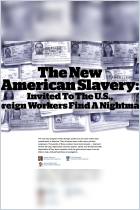
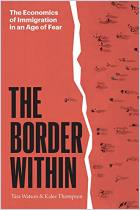
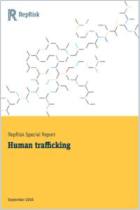
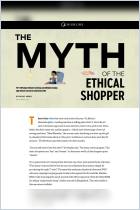




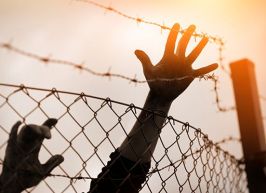


Comment on this summary